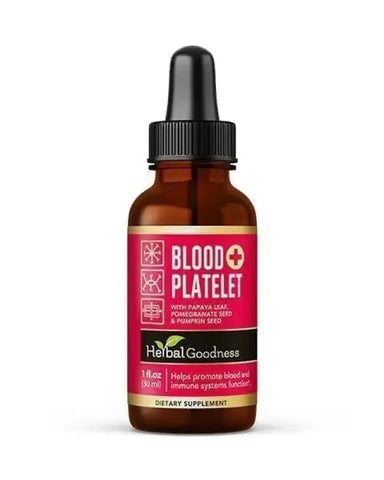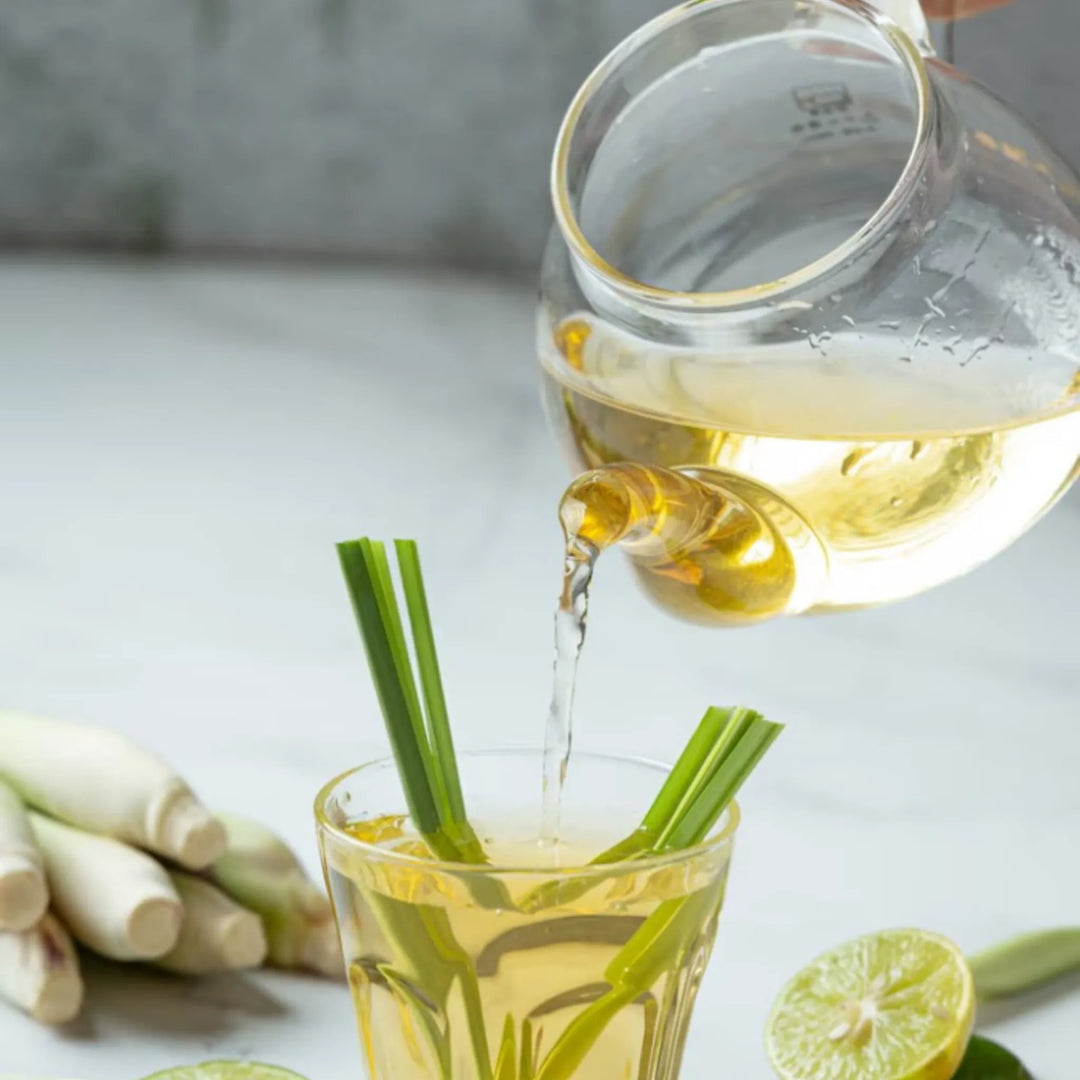Foods to Include in a Diet for Boosting Blood Platelets Naturally | Herbal Goodness
Platelets are essential to understand
A kind of blood cell known as a thrombocyte, or platelet, is responsible for coagulation. In the case of a wound, platelets swarm to the scene and clump together to halt the bleeding. Platelets also aid in the recruitment of more clotting factors to the location.
The danger of uncontrolled or prolonged bleeding increases if your platelet count falls below normal levels.
There are strategies to assist raise your platelet count on your own. Nature's superfoods such as papaya, pumpkin, spinach, and squash, for example, provide support for blood platelets.
In this post, we'll look at some of the most effective natural methods for supporting a healthy platelet count.
How to Boost Platelets Naturally:
As a natural support, some foods and supplements may aid in the production of platelets and boost platelet count, as well as those that could be avoided.
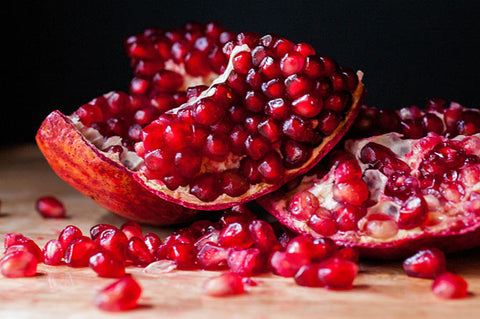
Papaya
Many researchers are now being conducted to determine whether or not the use of papaya and papaya leaves as a natural boost for blood platelets. The enzyme-rich fruit seems to significantly boost the enzyme activity crucial for platelet formation in bone marrow, which is one explanation for papaya's ability to produce platelets.
A natural way is consuming papaya fruit or producing juice from the papaya leaf at home. However, you should check with your doctor before taking papaya in supplement form since it may mix with other drugs that you take.
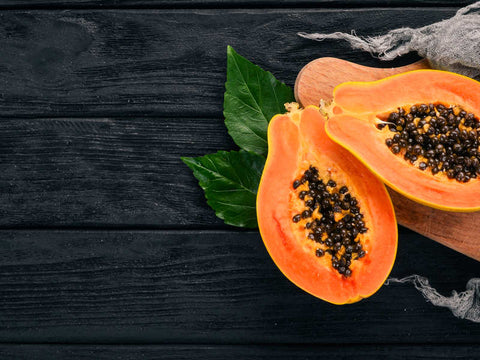
Spinach and Other Green Leafy Vegetables
The folate (vitamin B9) found in spinach is essential for synthesizing all three blood cell types: platelets, red blood cells, and white blood cells. This makes spinach an excellent natural remedy for low platelets.
Leafy greens such as mustard, beef liver and legumes (particularly black-eyed peas and kidney beans) are other rich sources of folate. Rice, peanuts and asparagus are all excellent sources of folate. Folate is added to a slew of breakfast items.
Folate, a nutrient found in leafy greens, is a fantastic example of how complicated our health is and how crucial it is to follow a healthy diet in general. Chinese researchers investigated folate supplementation to see whether it may support healthy blood pressure. Supplementing with folate decreased the incidence of blood pressure related issues by 73% in those with low platelet counts (and high homocysteine levels).
Kiwi
When combined with a low platelet diet, kiwi's vitamin C content makes it an excellent food choice. Normal platelet functions, such as aggregation and sticking, are supported by vitamin C. (adhesion).
Red pepper, broccoli, strawberries, Brussels sprouts, and citrus fruits like oranges and grapefruits are other foods rich in vitamin C.
Collard Greens
There is virtually the greatest concentration of vitamin K in collard greens than in any other food. Vitamin K is a natural boost for low platelet counts since it aids in clotting.
Several green leafy vegetables are great providers of vitamin K in addition to collard greens, turnip greens, spinach, kale, and broccoli. However, according to the American Dietetic Association, natto, a Japanese delicacy, is the best source of vitamin K.
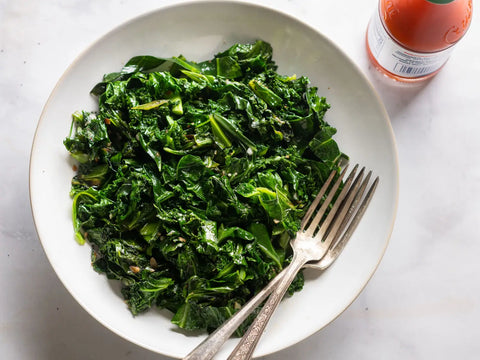
Dark Chocolate
Even while iron's significance in forming red blood cells is well-known until recently, its connection to healthy platelet levels has been relatively under-recognized. Platelets are formed from the fragments of the vast bone marrow cells called megakaryocytes, which need iron to develop.
Only oysters and white beans contain more iron per serving than dark chocolate, making it an excellent source of iron and a boost for low platelets. Spinach, lentils, and tofu are all excellent sources of iron. In addition to iron, several fortified bowls of cereal include this mineral.
Nutritional Yeast
Even while iron's role in the formation of red blood cells has long been understood, its relationship to normal levels of platelets has only lately come to light. Platelets are generated from megakaryocyte fragments, which need iron to mature.
Besides oysters and white beans, dark chocolate is the only food that provides more iron per serving than dark chocolate. These foods all contain a good amount of iron. Several fortified bowls of cereal incorporate zinc in addition to iron.


